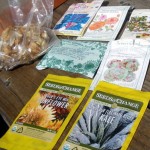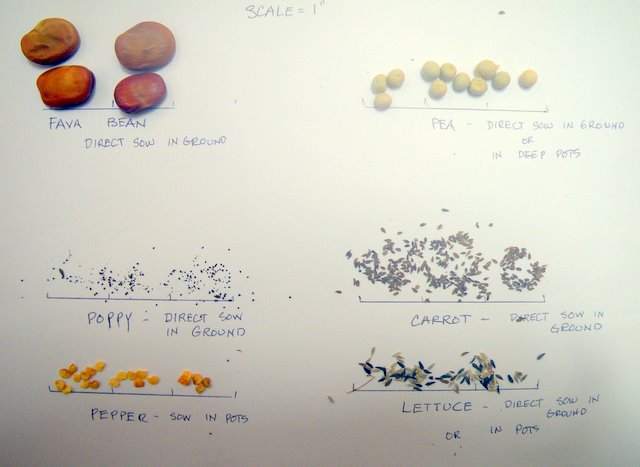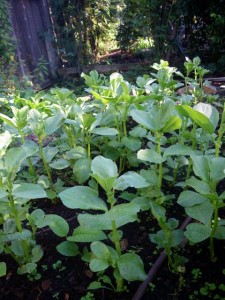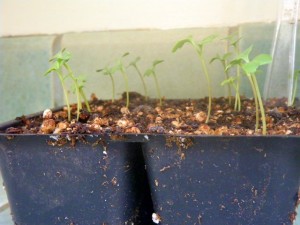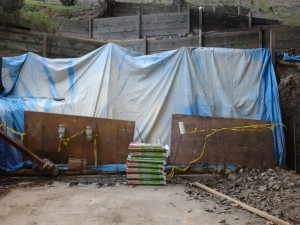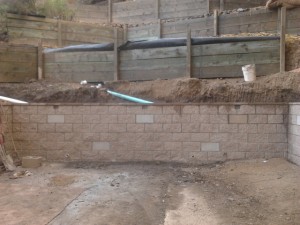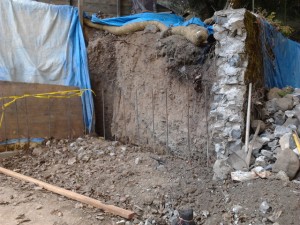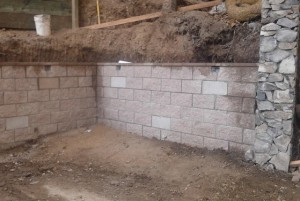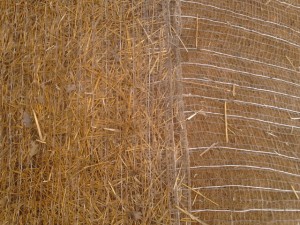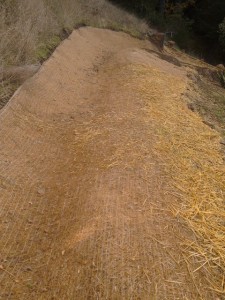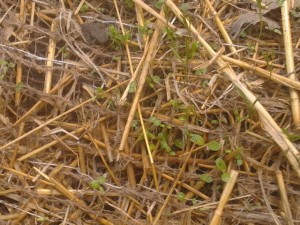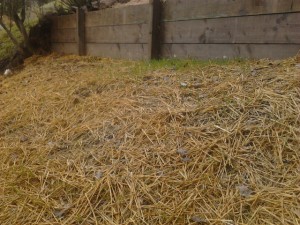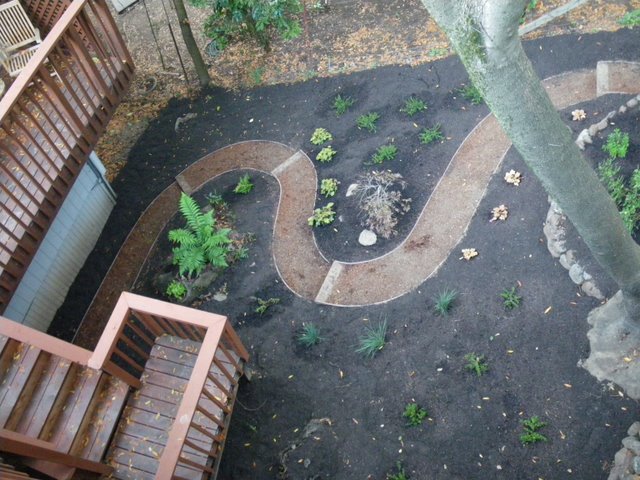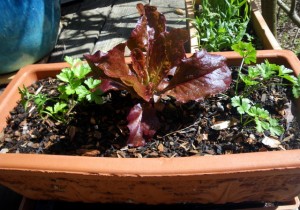
Herbs and lettuce grow well in pots on the deck.
by Avis Licht
In other posts I’ve written about seeds; where to get them, and how to sow them. Now that they’ve turned into sturdy little seedlings, I’ll show you how to plant them.
1. First thing is to make sure your bed is ready for the seedlings. This means that the soil should be worked up into a fine tilth so that it is soft and crumbles easily off your trowel. Add whatever amendments you have at hand, like compost, bone meal or manure into the soil before you transplant your seedlings.
2. Depending on how your seeds were started, you will either take them out of their little six packs, or as in the case of these photos, from a bunch of seeds sown in a container.
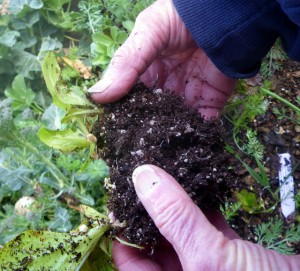
Gently open the root ball to separate the seedlings (click to enlarge)
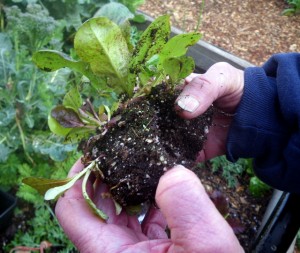
Hold your seedlings gently (click to enlarge)
Keep separating the seedlings until you have them one at a time. Lay them so that the roots are straight down, not crunched up. Gently hold the leaf, open up a hole deep enough to let the roots dangle straight down and not get crunched up. (if you get my drift). Slowly let the soil back into the hole to cover the roots. Gently firm in the soil around the crown of the seedlings. You want the roots too make contact with the soil, but not rip the roots by pressing too hard.
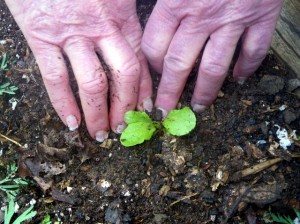
Gently press the soil around the seedling. (Click to enlarge)
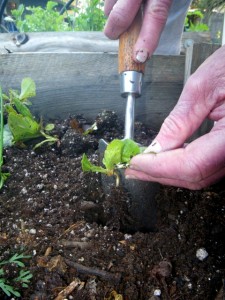
Gently hold the leaf and dangle the roots (click to enlarge)
Keep the soil below the crown of the leaf so that it doesn’t rot. Be sure to water in your seedlings. Put the water at the base of the plant slowly so that the water seeps into the soil. This will allow the roots to make contact with the soil and get moisture. If roots are not in contact with the soil, but are in air holes, they will dry out.
It’s best to plant into moist soil that crumbles in your hand, not too wet and not too dry.
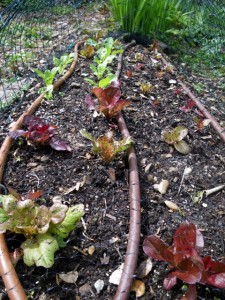
Closely planted lettuce in Spring
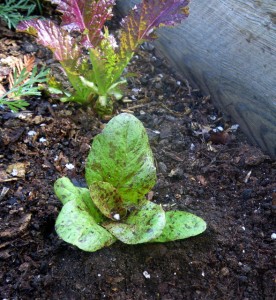
This seedling will start growing immediately
After they are planted you need to make sure they don’t dry out. Check the soil for moisture if it doesn’t rain. Just looking at the surface of the soil doesn’t tell you if it’s moist underneath. Check with a trowel down a few inches. If it’s dry at 2 inches or if the plants are wilting, be sure to water them.
Don’t forget to take your walkabout in the garden to keep an eye on your seedlings. If anyone is causing trouble, like birds or snails, you’ll want to catch them right away. Now all you have to do is be a little patient, then the eating begins.
I took this photo this morning after a gentle rain.
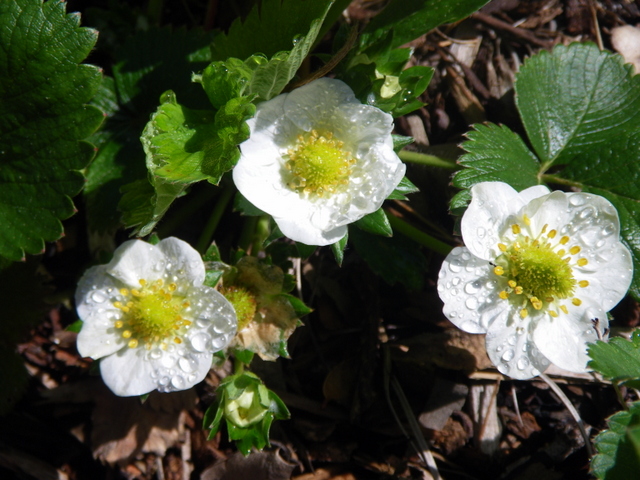
It's late March and the strawberries are starting to blossom


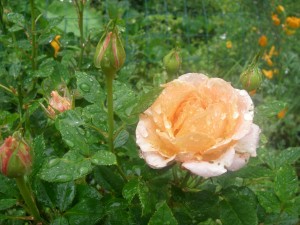
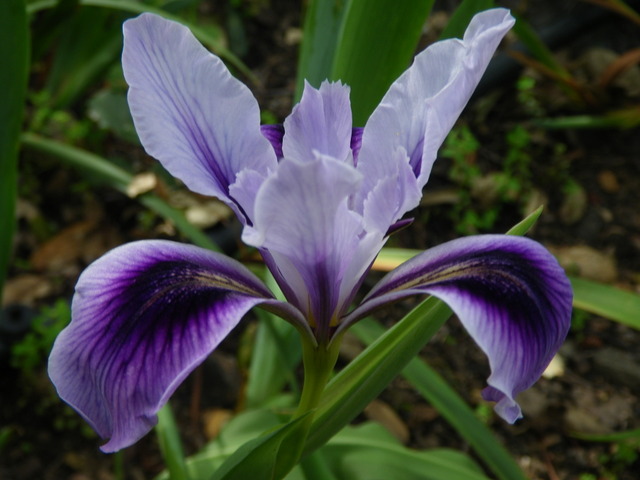




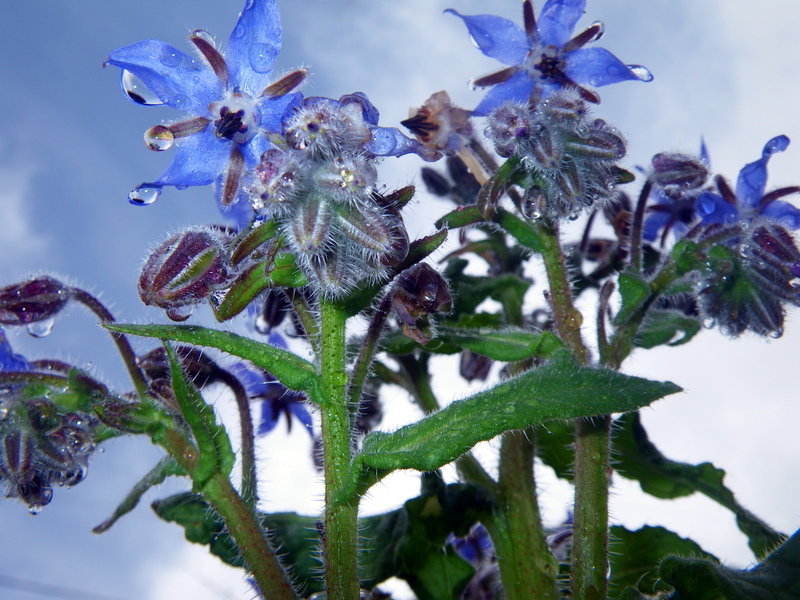
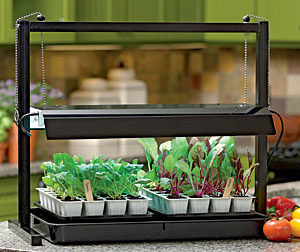
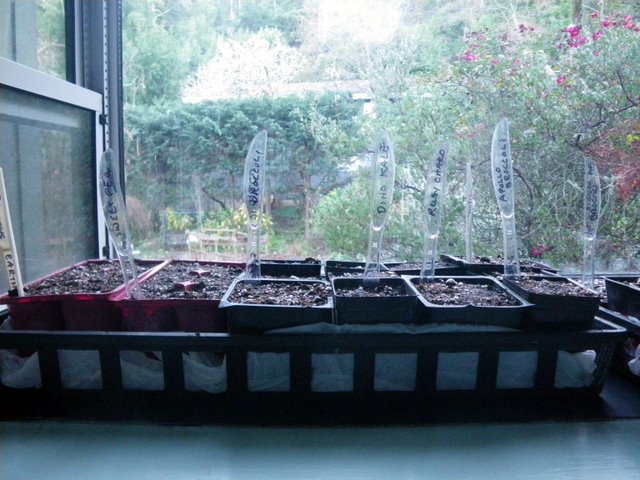
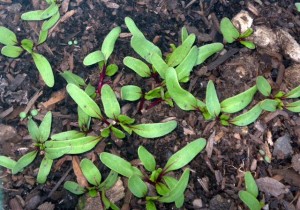
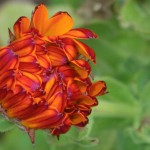
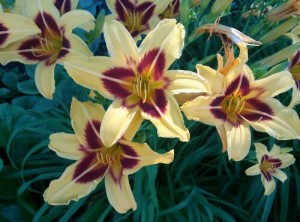
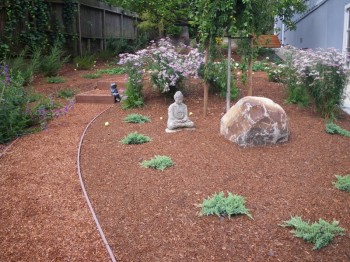

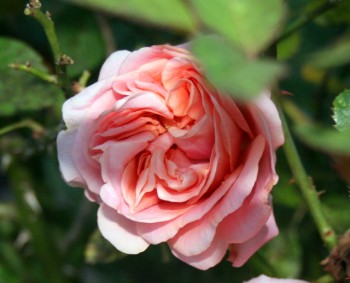

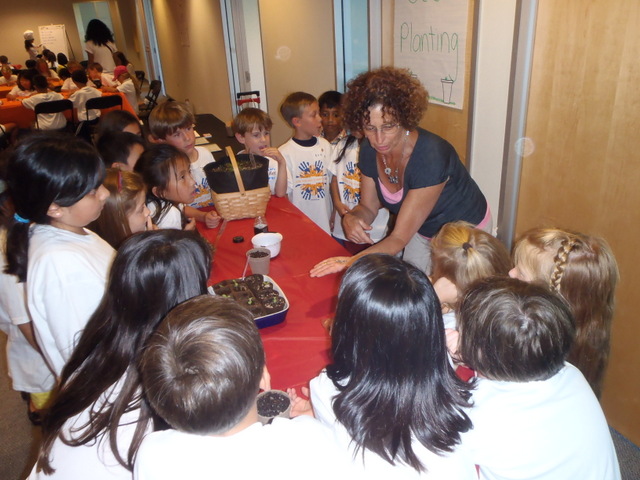

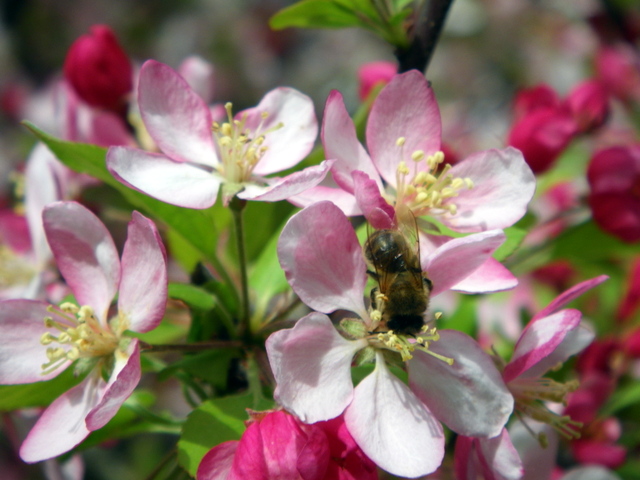
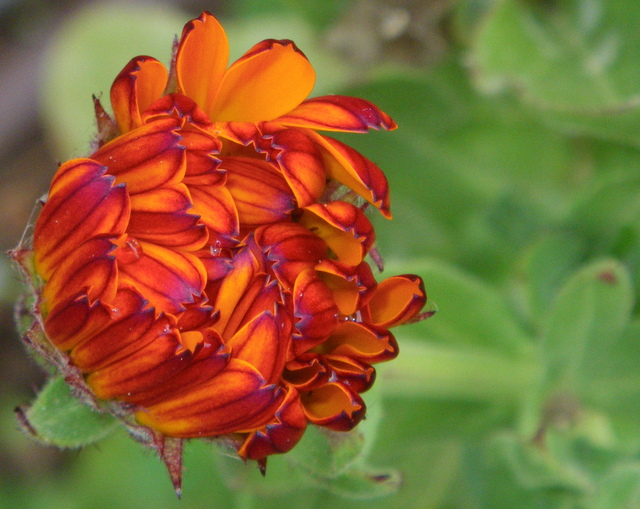
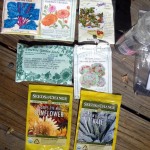
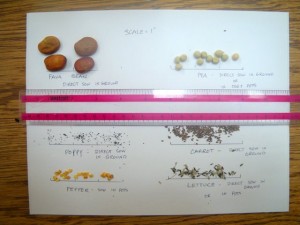
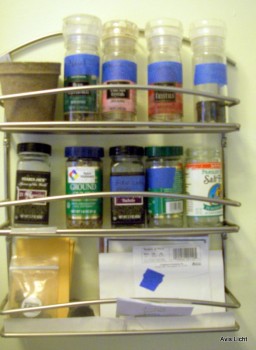
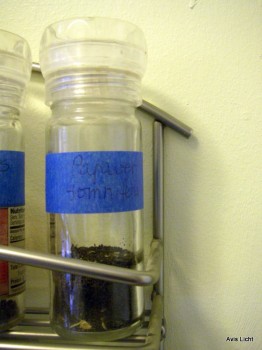

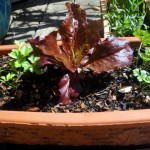
 Follow
Follow









